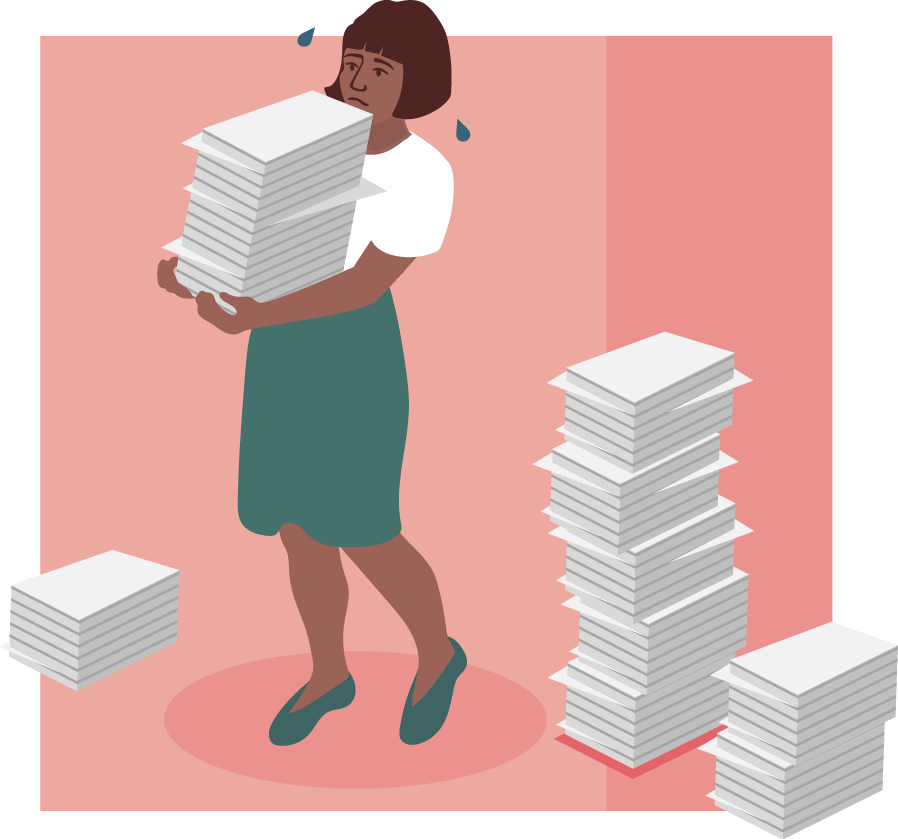A word from legal
IEPS and Accommodations

The list of accommodations within an IEP should only be those accommodations necessary for the child to receive a free, appropriate public education (FAPE). It is not specific enough to say something would be “beneficial;” after all, every child would benefit from smaller class sizes. In this case, the question to ask is “does the child need to be in a small class to make progress toward their goals and objective ?” Ultimately, educators are responsible for providing all accommodations contained within the IEP and may be asked to prove that they did so.
There is also a growing use of the “break” accommodation appearing in an IEP. It is best that the IEP state specifi cally where the student should take their break—to avoid them simply roaming the halls of the building unattended. It is a good practiceto have the break be specified as occurring in the back of the classroom which allows the educator to have eyes on the student.
Finally, decisions on a student’s service or placement must be based upon whether the service or placement is necessary for the student to receive a FAPE, not based upon available staffi ng. If you foresee, or have documented, that the placement is problematic for the student or classroom, your concern should be raised with the IEP team chair or administration in a prep meeting. If you are the student’s classroom teacher, provide documentation that includes time spent on the student’s behaviors or classroom disruptions that result from those behaviors, which hampers the child’s learning or the instruction of all other students in the classroom. Without such documentation, it becomes more diffi cult to obtain additional services or a change in placement. MSEA supports reducing paperwork for educators while working to support the academic success for all students.

